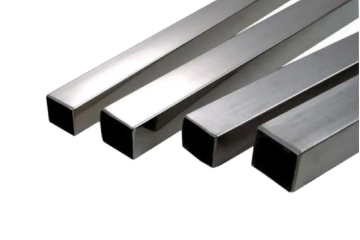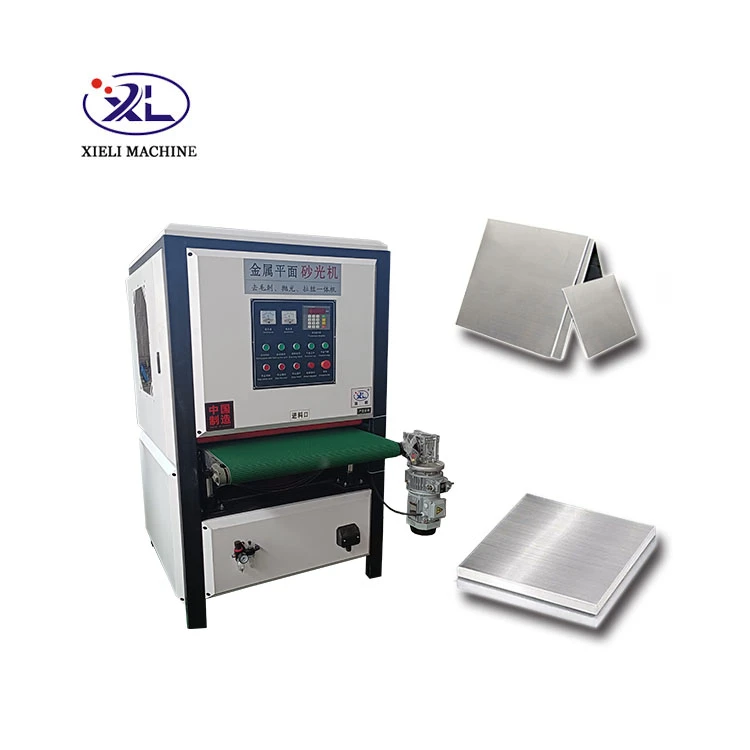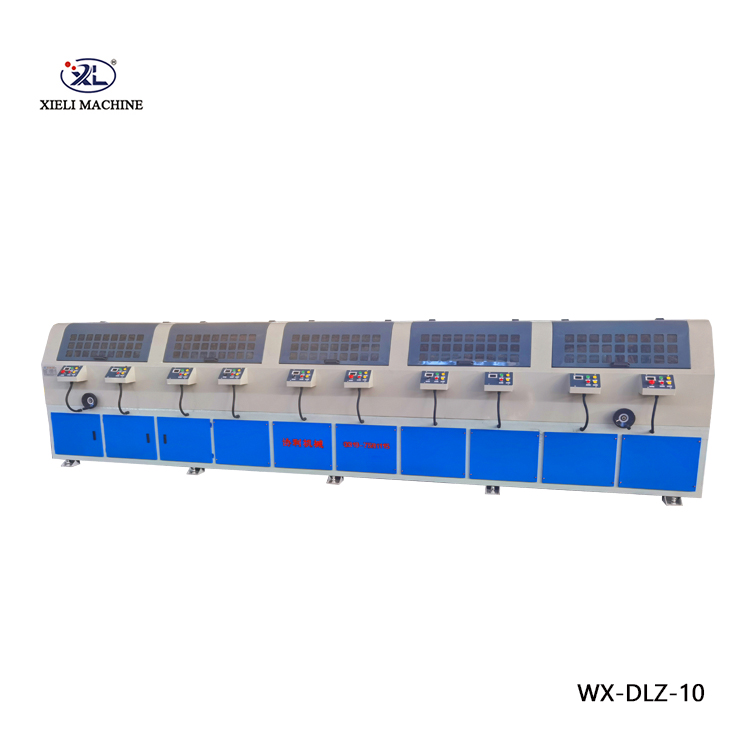The Importance of Cincinnati Centerless Grinder Parts
Cincinnati centerless grinders have established themselves as a staple in the machining industry, renowned for their precision, efficiency, and durability. These machines are designed to perform a variety of grinding tasks, from simple parts to complex components, making them invaluable in manufacturing settings. However, the longevity and performance of these grinders heavily depend on the quality and maintenance of their parts. This article will explore the significance of Cincinnati centerless grinder parts, their functionality, and best practices for upkeep.
Understanding Centerless Grinding
Centerless grinding is a method of removing material from a workpiece using a grinding wheel and a regulating wheel. Unlike traditional cylindrical grinding, where the part is held between centers, centerless grinding allows for a continuous feed of the workpiece, which significantly increases productivity. As workpieces are fed through the machine, it is the parts of the grinder that facilitate this process, ensuring precision and consistency.
Key Components of Cincinnati Centerless Grinders
1. Grinding Wheel This is the primary component responsible for the actual grinding process. Cincinnati grinders use high-quality wheels that are specifically engineered for efficient material removal. The choice of abrasive material and grit size plays a crucial role in the finish and accuracy of the part.
2. Regulating Wheel The regulating wheel controls the speed at which the workpiece is fed into the grinding zone. An accurate regulating wheel is essential as it affects the precision of the part being machined. Variations in speed can lead to uneven surfaces or dimensional inaccuracies.
3. Work Rest Blade This component supports the workpiece and maintains it at the proper height. The work rest blade must be precisely adjusted to ensure stabilization during the grinding process. Any wear or damage can lead to significant defects in the finished product.
4. Spindle Bearings Spindle bearings are vital in ensuring smooth operation of the grinding wheel. High-quality bearings reduce friction and vibration, which can affect the precision of the grinding process. Regular checks and replacements of bearings can prevent major breakdowns.
5. Hydraulic and Pneumatic Systems These systems are responsible for the smooth operation of the grinder’s automatic functions. Regular maintenance of hydraulic fluids and filters is crucial to prevent operational failures.
famous cincinnati centerless grinder parts

Maintenance of Centerless Grinder Parts
To ensure that Cincinnati centerless grinders function optimally, regular maintenance of their parts is critical. Here are some best practices
- Routine Inspections Conducting regular inspections of grinding wheels, regulating wheels, and work rest blades can help identify wear and tear before they lead to significant issues.
- Cleaning Keeping the grinder clean is essential for optimal performance. Dust and debris can accumulate and adversely affect machine operations.
- Lubrication Proper lubrication of moving parts, including bearings and hydraulic systems, reduces friction and prolongs the life of critical components.
- Calibration Regularly calibrating the grinder ensures that all components work together efficiently. Misalignment can lead to inaccurate parts and waste material.
- Use Genuine Parts When it comes to replacements, using genuine Cincinnati centerless grinder parts guarantees compatibility and reliability. While aftermarket parts may be cheaper, they often lack the quality and durability necessary for optimal performance.
Conclusion
Cincinnati centerless grinders are critical assets in many manufacturing environments, and the functionality of these machines relies on the quality and maintenance of their parts. By understanding the roles of key components and adhering to best maintenance practices, manufacturers can prolong the life of their grinders, enhance productivity, and ensure the delivery of high-quality products. Commitment to maintaining high standards not only improves efficiency but also strengthens a company’s reputation in a competitive market.





